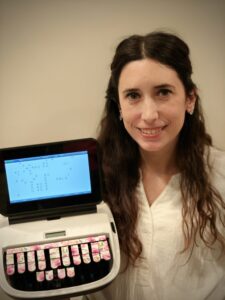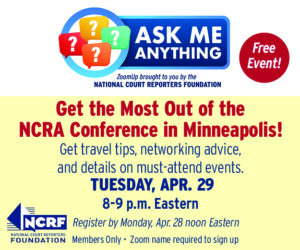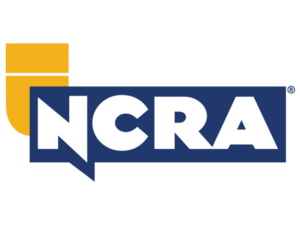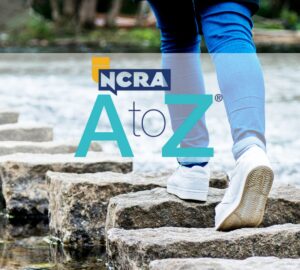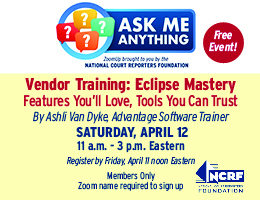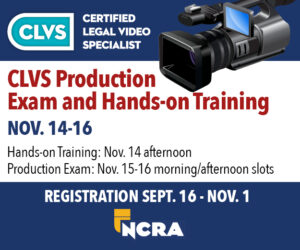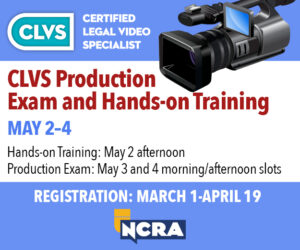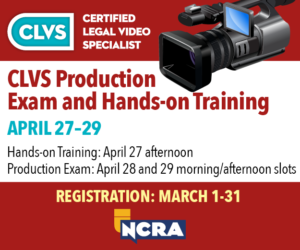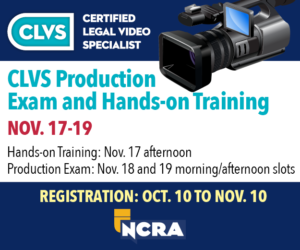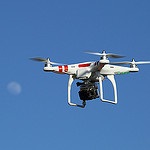
Depending on the final rules soon to be issued by the Federal Aviation Administration regarding the use of drones for commercial purposes, the potential for new business opportunities by legal videographers could be great, according to NCRA member Gene Betler, CLVS, co-chair of the Association’s CLVS Council.
Betler, a retired air traffic controller and owner of Betler’s Reporting & Legal Video Services, in Huntington, W.Va., led a presentation about the potential use of drones for commercial use at NCRA’s recent TechCon event held April 10-12 in Denver, Colo.
“The FAA is still working to get the rules in place for the commercial use of drones but is also currently working to revise regulations related to how drones are used for personal reasons. As of now, can you fly them for recreational use? Yes. Can you use them for commercial purposes to make a profit? No,” Betler said during his presentation.
Betler provided attendees with an overview of the history of drone use, as well as a timeline leading up to the current regulations and the reasoning behind FAA’s proposed change in rules regarding their noncommercial use. Currently, he said, the FAA is proposing to amend its regulations to adopt specific rules to allow the operation of these small unmanned aircraft systems in the National Airspace System. The changes would address the operation of unmanned aircraft systems, certification of their operators, registration, and display of registration markings. The proposed rule would also find that airworthiness certification is not required for small unmanned aircraft system operations that would be subject to this proposed rule. Lastly, the proposed rule would prohibit model aircraft from endangering the safety of the National Airspace System.
Betler also shared information about the types of drones available on the market, the range in cost from $100 on up, the capabilities they have, and scenarios for potential commercial use. He also shared footage taken with his own drone flying over his home and surrounding property and noted that the video was sent back immediately to him on the ground. The footage included video taken from 300 feet to 500 feet in the air and demonstrated how the operator could also control the angles of shots.
According to Betler, the investment in a drone is no more than the investment in purchasing a new camera, and the opportunities for their commercial use are potentially vast.
“Aerial photography and videography are expensive,” Betler said. “Until now they have required big cameras and aircraft like helicopters. But now with drones, the cost is low in comparison. In any legal case, no matter how small, providing a real view of the subject would enhance the understanding of the jury. And that’s an opportunity for you to generate new revenue streams.”
Other uses Betler noted that drones could be used for included surveying damaged roofs for insurance claims, accident footage, and videoing real estate.
Belter also noted that while the FAA is working to amend its current regulations related to the personal use of drones, the growing number of people purchasing them to use as a hobby has led to many states currently making their own rules regarding their use, especially when it comes to air space, privacy, and specific locations where flying the unmanned aircraft could prove too dangerous.
For more information about the use of drones and regulations, Betler shared the following resources:
The Academy of Model Aeronautics
The Association for Unmanned Vehicle Systems International



